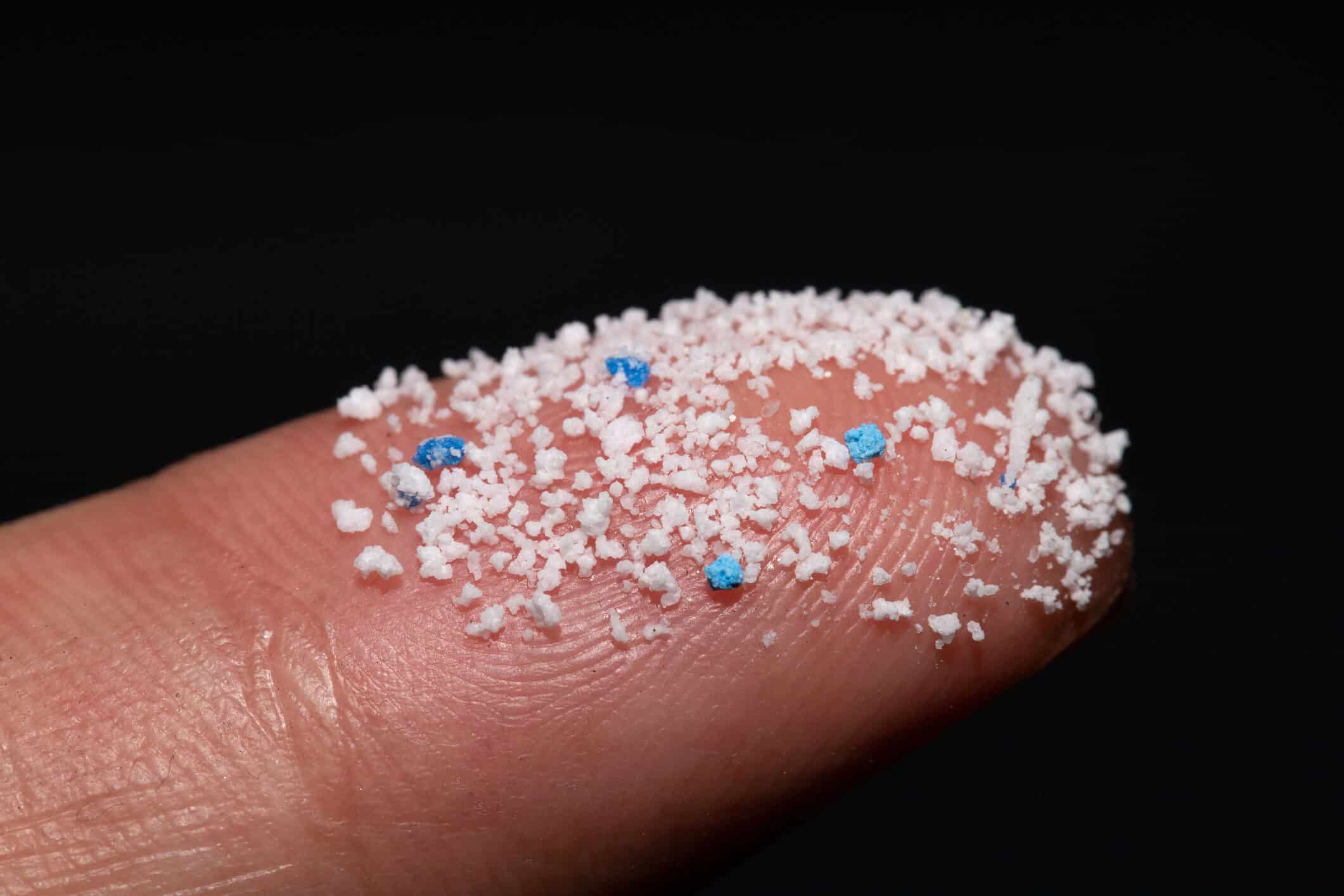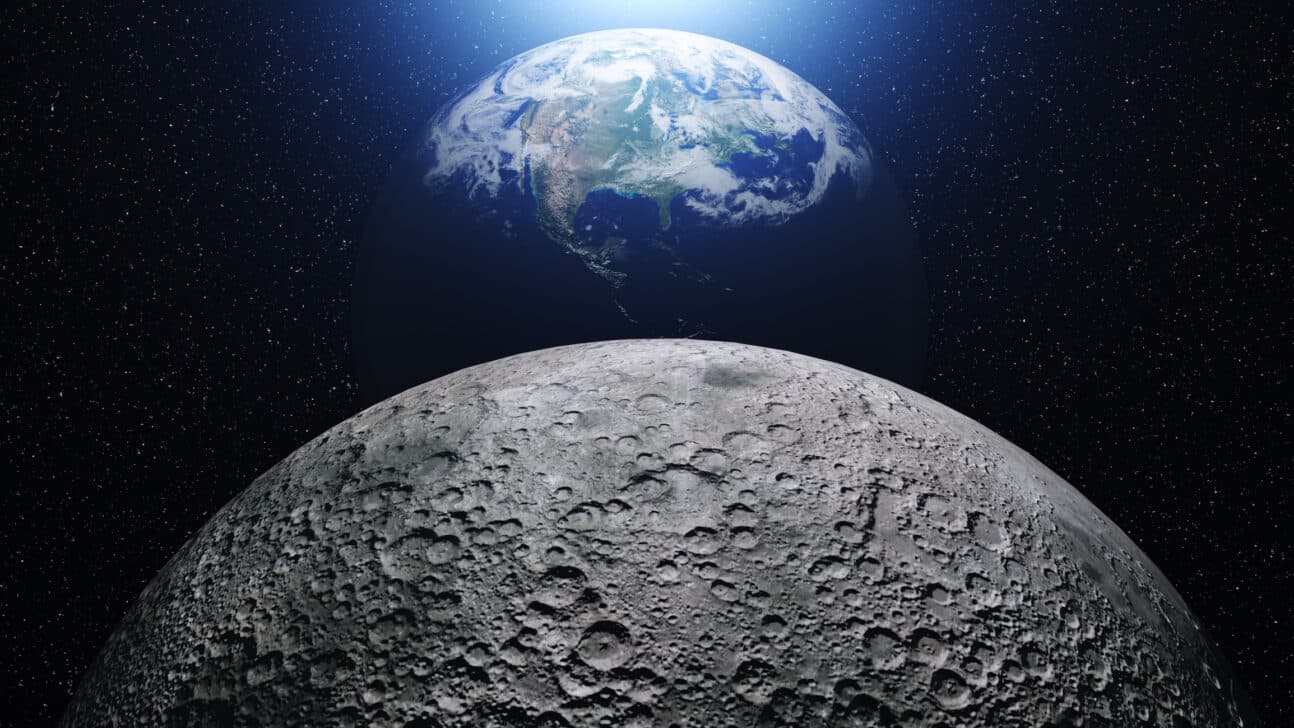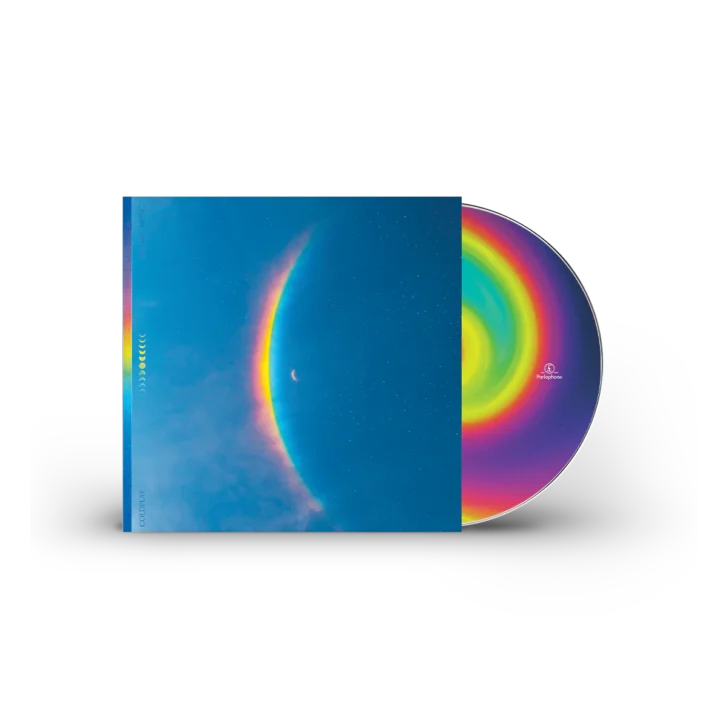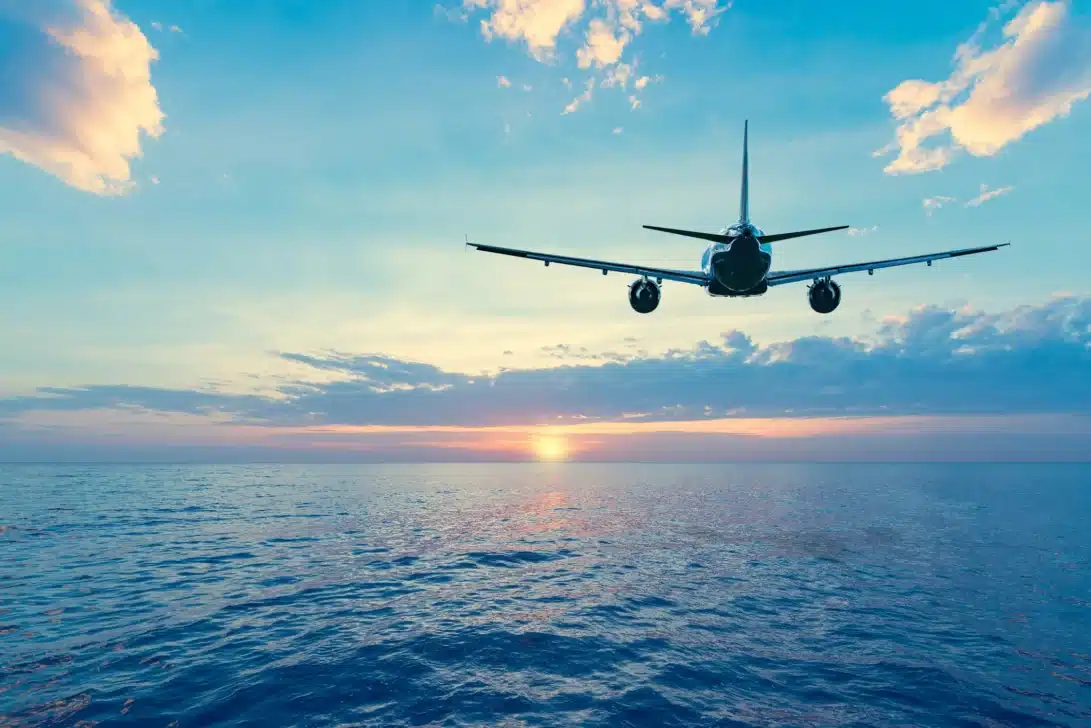Microplastics are one of the biggest threats to our rivers and oceans – they’re everywhere and hard to get rid of. So what can be done to tackle the problem?
A couple of years ago an Irish teenager won a science prize worth £38,000 for inventing a way to extract microplastics from water. Fionn Ferreira, 18, embarked on the experiment because he was finding increasing evidence of microplastics in the sea near his home in the village of Ballydehob, west Cork, on the apparently unspoiled south coast of Ireland.
Fionn’s idea – to use a magnetic liquid called ferrofluid to filter microplastics out of water – was good enough to extract 87 percent of plastics in his experiments.
“I look forward to applying my findings and contributing towards a solution in tackling microplastics in our oceans worldwide,” he said after winning the 2019 Google Science Fair prize.
That brilliant young scientists like Fionn are seeking solutions to one of the world’s biggest problems says a lot about the progress that has been made so far in extracting plastics from our oceans and food chains.
The problem is so vast that, clever as Fionn’s solution may be, real world solutions have focussed on stopping the problem at source by ending or reducing the dumping of plastic in large quantities and also by reducing the amount used in the manufacture of products.
So what are microplastics?
They are defined as plastics less than five millimetres in length but can be as small as a nanometre which is one thousandth of a micrometre which itself is a thousandth of a millimetre. There are both primary and secondary microplastics.
Primary microplastics can be tiny beads found in cosmetics, paints, clothing and car tyres. They are directly released into the atmosphere as small particles and account for 15 to 31 percent of microplastics in the ocean. They enter the oceans via drains and rivers.
Secondary microplastics are from larger plastics such as bottles and bags which slowly break down in sunlight and water and account for 69 to 81 percent of microplastics in the ocean.
Microplastics have been found in fish and shellfish bound for human consumption and according to the Marine Conservation Society an average person will ingest 11,000 plastic particles a year.
The scale of the problem in the oceans almost defies imagination. Up to 80 percent of litter in the oceans is made of plastic and as much as 51 trillion microplastic particles – 500 times more than stars in our galaxy – litter the seas.
Each year more than eight million tonnes of plastic end up in oceans.
According to estimates quoted by the UN, by 2050, oceans will have more plastic than fish if present trends are not arrested.
And it is trends of consumption and the disposal of plastics where governments see the long-term solution.
Plastic is causing catastrophic damage to our marine environment
Slowly we are changing our ways as a result of legislation and public information campaigns which have highlighted the need to stop the use of single use plastics and to recycle.
In 2018 a UK-wide ban on the use of plastic microbeads in the manufacture of some cosmetic products came into force. It came alongside the government’s 5p plastic bag charge designed to reduce the number of plastic bags in circulation by nine billion.
There has also been a ban on the sale of plastic straws, stirrers and plastic-stemmed cotton buds and a deposit return scheme for plastic bottles has been proposed.
A spokesperson for the Department for the Environment, Food and Rural Affairs said: “Plastic is causing catastrophic damage to our marine environment. Most Government policy focuses on preventing plastic pollution at its source and developing a circular economy approach to plastic. The UK is committed to lead efforts to protect the marine environment from all stressors.
“To tackle marine litter, the UK has been addressing the issue domestically and internationally, taking an approach that will prevent and divert material from becoming a source of litter.
“Central to this will be reducing international reliance on plastics, increased recycling of materials, effective waste management, and promoting maritime practices that will prevent harmful materials entering the ocean.”
The Marine Conservation Society campaigned for the microbead ban and continues to call for more action.
On its website it says: “We need to reduce all plastics entering the oceans in the first place.
“Whilst we have lobbied successfully for a microbead ban in personal care products, we want to see the ban extended to all microplastics in products that can reach the drain like flushable wet wipes, detergents, cleaners, make-up and sun screens.
“To reduce secondary microplastics, we must stop plastic entering the oceans from all sources.
“We fully support the concept of a circular economy in which litter, particularly plastic litter, is seen as a resource rather than waste, helping to preserve our planets finite resources.”
But what about the microplastic that is already there?
Fionn Ferreira thinks he may have the answer – or at least part of it.





